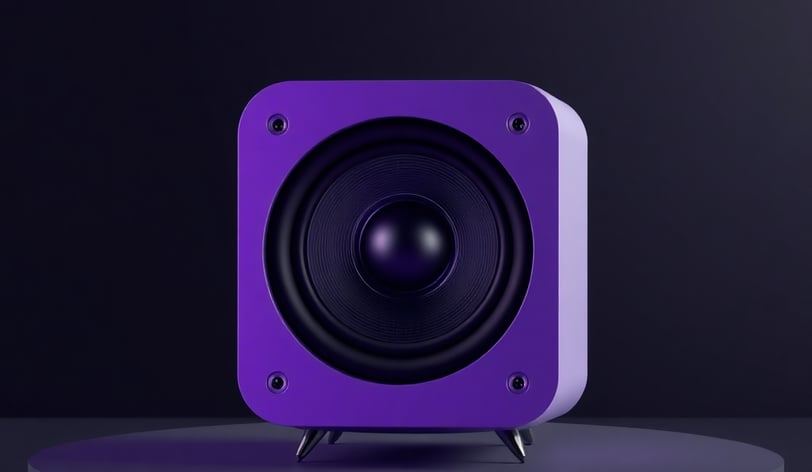Is Sonic Branding The Future Of Marketing?
Discover how neuroscience and sound design shape marketing through sonic branding to create emotional, memorable connections.
SOUND BRANDINGNEUROMARKETING
Alistair Gillespie
1/28/20253 min read


Let’s talk about sound and why it’s quietly (or not so quietly) becoming one of the most powerful tools in marketing.
You know how some jingles or sound effects just stick with you—like the Netflix “Ta-Dum” or the little “Intel Inside” chime? That’s no accident. Those sounds were designed to lodge in your brain and connect you to a brand emotionally, sometimes without you even realizing it. That’s sonic branding - and it’s one of the coolest intersections of neuroscience and marketing today.
The Science Behind Sonic Branding
Here’s the thing: sound is a sensory power.
It’s faster than sight or touch when it comes to triggering emotions. Your brain processes sound in milliseconds—way quicker than visual cues—and it goes straight to the limbic system, the part of your brain that controls emotion and memory. That’s why a single sound can spark nostalgia, excitement, or even trust.
Think about the "Intel Inside" jingle. It’s just five notes, but those notes are loaded with meaning—innovation, reliability, cutting-edge tech. Neuroscientists have actually studied this. Using fMRI, they found that branded sounds activate parts of your brain tied to memory and emotional recall. This isn’t just marketing fluff—it’s literal brain chemistry.
Want proof this works? A study in the Journal of Consumer Research found that ads using custom music—not random stock tracks—had a 46% higher emotional engagement rate. Why? Because custom soundtracks align with the brand’s identity, making the experience feel authentic and unique.
What Makes a Great Sonic Brand?
Let’s break it down. A good sonic brand is more than a catchy jingle. It’s a whole ecosystem of sound that reflects the brand’s personality. This could be:
Audio Logos: Like the McDonald’s “I’m Lovin’ It” or the Apple startup chime. Short, simple, but instantly recognizable.
Branded Music: Think Coca-Cola’s use of upbeat tracks to evoke happiness and refreshment.
Soundscapes: Background music or ambient sounds designed to set the mood. Imagine walking into a spa with calming ocean sounds versus silence.
Take Netflix’s “Ta-Dum” as an example. It’s two notes, but it’s not random. It was carefully engineered to create a sense of anticipation—something exciting is about to happen. Studies even show that its bass-heavy tone subtly activates tactile sensations, mimicking the immediate satisfaction of streaming.
Marketers and sound designers often team up with psychologists to understand what kind of sounds resonate with different demographics.
Where Sonic Branding is Headed
Here’s where things get wild.
AI and machine learning are taking sonic branding to a new level. Companies like Spotify are already using AI to create branded playlists tailored to businesses. For example, a retail store might use custom playlists that match its brand’s vibe, and research shows this can actually increase how long people stay in the store—by 18%, according to Charles Spence’s 2018 study.
We’re also seeing sound being used in AR and VR environments. Imagine walking through a virtual store where the background music changes based on your preferences or even your mood. AI can personalize these experiences in ways we’re just beginning to understand.
Why It Matters
As marketing moves deeper into the digital and multi-sensory world, brands that ignore sound are leaving money—and emotional connection—on the table. Think about it: we already associate smells and visuals with brands, but sound cuts through faster and often more effectively. It’s the emotional glue that ties everything together.
If you’re in marketing, it’s time to start thinking about sound not as an afterthought, but as a core part of your brand’s identity. Whether you’re building an audio logo, curating a playlist, or designing a soundscape, remember: you’re not just creating noise.
You’re shaping how people feel. And that’s the future of branding.
So, next time you hear that “Ta-Dum” or the Intel chime, take a second to think about why it works. It’s not just a sound—it’s a strategy.